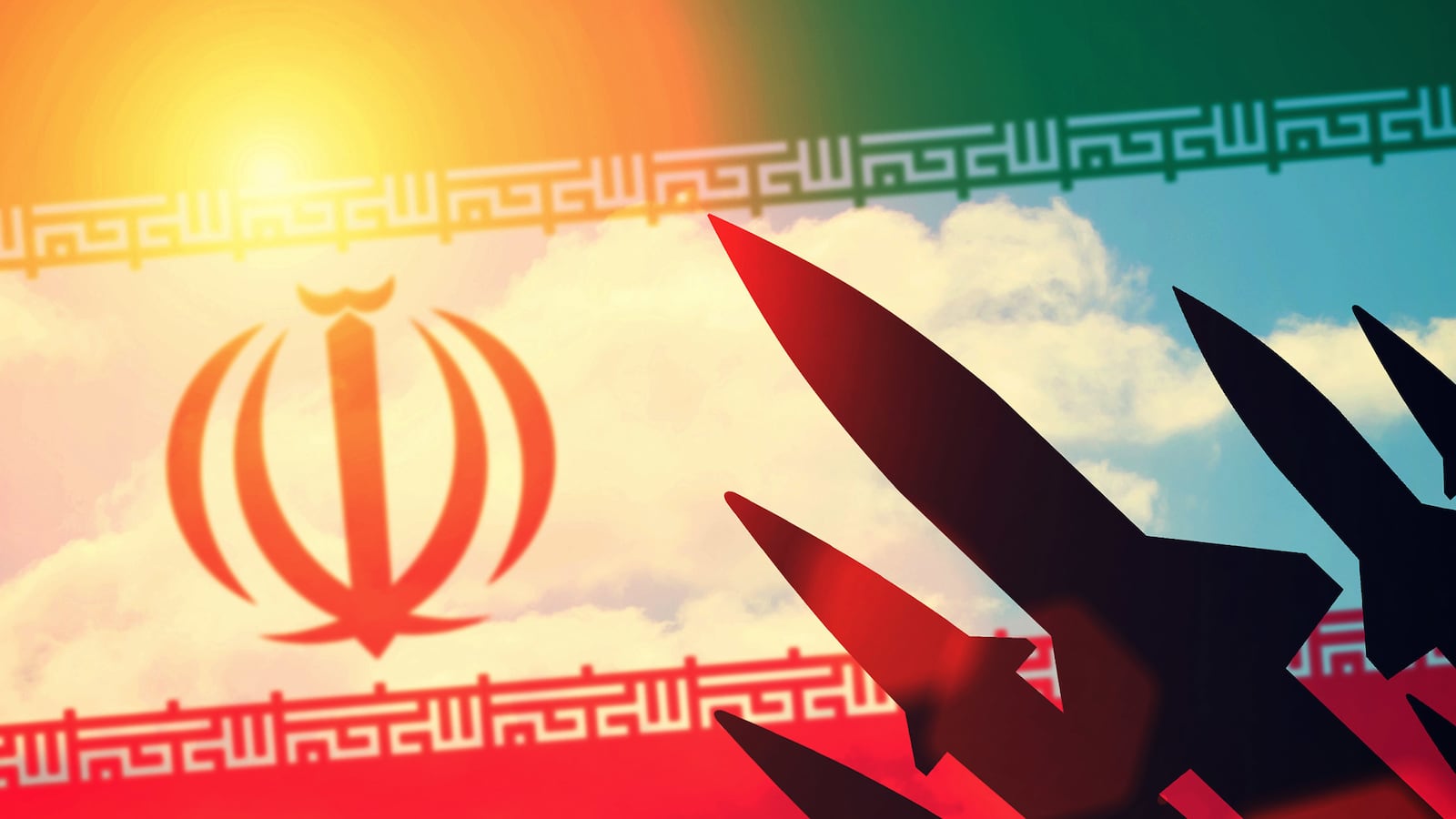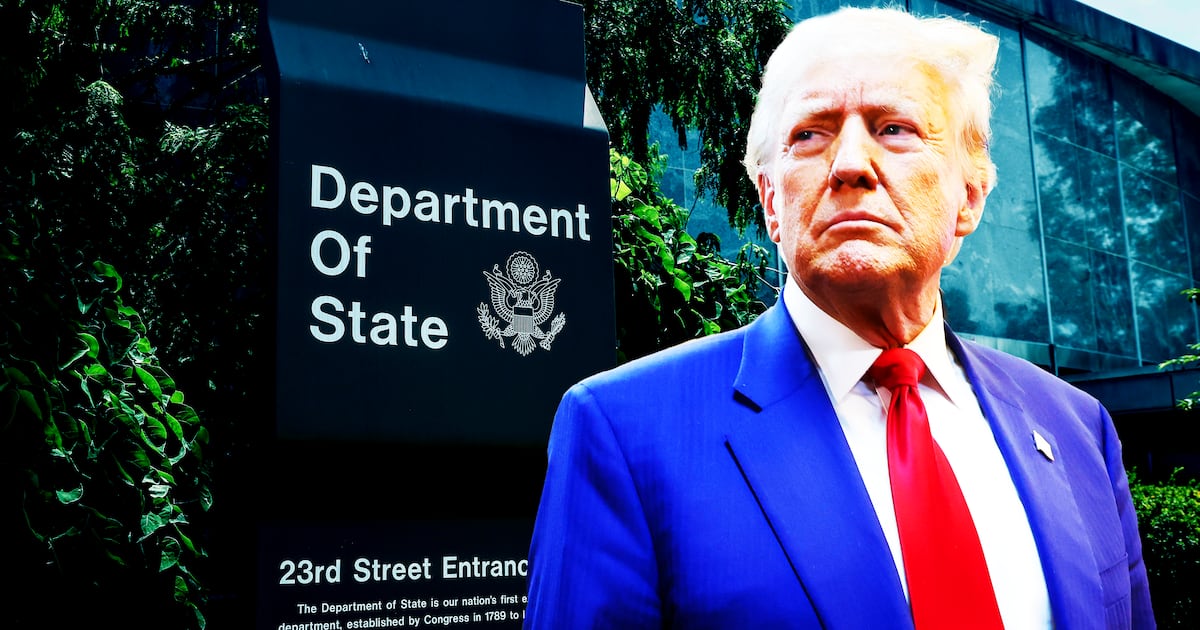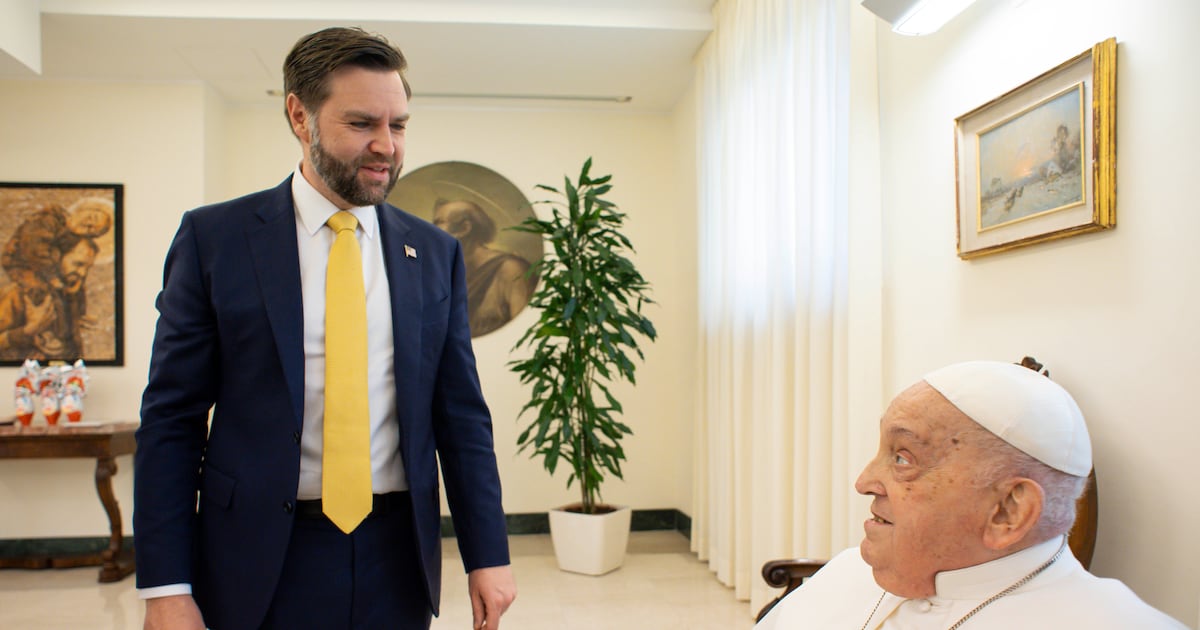After decades of financial and technological strangulation, the Iranian air force—at one time among the most advanced in the world—finally has an opportunity to modernize and potentially become a serious aerial opponent for the United States and other rivals.
The gradual lifting of international sanctions on Iran that began in January—a reward for Tehran agreeing to scrap its nuclear program—means the Islamic Republic of Iran Air Force could, in theory, buy new jet fighters to replace its existing, mostly antiquated planes.
Don’t hold your breath.
Sure, sanctions are ending. But Iran’s own bewildering internal politics could prevent the Iranian air force from re-arming any time soon—or ever.
Before the nuclear deal, Iran’s air arm was sliding toward extinction. After the nuclear deal, nothing much has changed. At this point, probably nothing can stop the Islamic Republic of Iran Air Force from wasting away.
In the 1970s, Iran was a strong ally of the United States and its leader, King Mohammad Reza Shah Pahlavi—the “shah”—loved American airplanes. “He’ll buy anything that flies,” one American official said of the shah. In 1972, U.S. president Richard Nixon and his national security advisor Henry Kissinger visited Tehran and offered the shah a proverbial blank check. Any U.S.-made plane the Pahlavi wanted, Washington would permit him to buy—a privilege even America’s closest European allies did not enjoy.
The shah promptly bought 80 F-14s—those powerful, swing-wing interceptors made famous by the 1986 action flick Top Gun. Seventy-nine of the F-14s had arrived by the time restive Iranians, including a strong core of Islamist hardliners, overthrew the shah in 1979, kidnapping 52 Americans in Tehran and overnight transforming Iran from a U.S. ally to one of America’s bitterest enemies.
Washington and indeed most of the industrialized world quickly imposed tight economic and military sanctions on the new Islamic Republic of Iran. Lacking a domestic aerospace industry, for the next 40 years the Iranian air force mostly had to make do with its F-14s and other, older American-supplied planes, plus a few jets Tehran more or less stole from Iraqi pilots fleeing the 1991 Gulf War.
Today the Islamic Republic of Iran Air Force possesses 348 fighters, making it the ninth most powerful air arm in the world, on paper. But the F-14, F-4 and F-5 fighters in its possession are old and in poor repair. “Most require upgrading or replacement,” Babak Taghvaee, a expert on Iran’s air force, wrote in Combat Aircraft, a trade magazine.
Over the past 15 years, Iran has repeatedly tried to buy new fighters from Russia, but each time officials in Moscow caved to pressure from their counterparts in Washington and cancelled the deals. Now with the gradual lifting of sanctions—all restrictions on weapons-sales to Iran are on schedule to end in 2021—Tehran is trying again.
Russian and Iranian officials began meeting to discuss a fighter sale several years ago. By late 2014, the Iranian air force had decided which plane it wanted—Russia’s cutting-edge Su-30, a twin-engine fighter comparable to America’s F-15. Tehran and Russia agreed to a deal for 48 Su-30s, with deliveries beginning in 2018—three years before the final end of military sanctions.
Thomas Shannon, the U.S. Under Secretary of State for Political Affairs, objected to the deal and threatened to take his complaint to the U.N. Security Council. “We would block the approval of fighter aircraft,” Shannon said in April.
The Su-30 sale could be in limbo until at least 2021. And even then there’s no guarantee it or any similar deal will go through. For starters, Su-30s are expensive—no less than $50 million per copy, perhaps too much for Iran. “The Iranian air force is not well-funded,” Kash Ryan, author of Air Combat Memoirs of The Iranian Air Force Pilots, told The Daily Beast via email.
Cash isn’t even the main problem. Military officials can negotiate all they want and even sign contracts, but Ayatollah Sayyed Ali Hosseini Khamenei, Iran’s top religious leader, has final say over arms deals. “In a country like Iran where a dictator like Khamenei rules with an iron fist, the air force won’t have much say in actual decision-making,” Ryan said.
The air force is low on Khamenei’s list of priorities. The ayatollah has a habit of only approving arms deals that boost his own political allies, especially within the Islamic Revolutionary Guard Corps, the religious branch of the Iranian military. “Economic interests of a few, kickbacks and corruption decide what should or can be purchased,” Ryan said.
Most recently, Khamenei nixed the (non-religious) Iranian army’s attempt to buy new T-90 tanks from Russia. The Islamic Revolutionary Guard Corps does not operate significant numbers of armored vehicles or manned aircraft and, unlike the mostly-secular army and air force, would have little use for high-tech T-90s and Su-30s, instead favoring special forces, ballistic missiles and drones.
There’s a middle ground between the air force’s desire to buy Su-30s from Russia and Khamenei’s own intention to limit the flying branch’s spending. Iranian officials have proposed licensing the Su-30 design from Russia and producing the planes locally using mostly cheaper, Iranian-made components. Local production might also help Tehran thread the ever-loosening sanctions and avoid a U.S. veto at the United Nations.
That’s a nice idea for boosters of the Iranian air force. But it, too, is unlikely to work within Iran’s labyrinthine political system, Tom Cooper, author of several books about Iranian air power, told The Daily Beast via email.
“Although the necessary companies, most of the tools, and especially know-how are available or could be purchased from abroad, there is not enough coherence/unity between different cliques,” Cooper explained, “resulting in a situation where Iran can’t launch series production of such complex arms systems.”
In short, the air force Iran has—and has had since the late 1970s—is probably the same air force it will have for many years to come. An increasingly worn-out one that possesses less and less combat capability by the day.
The Iranian air force is going extinct, and even the end of decades of sanctions probably won’t save it.






